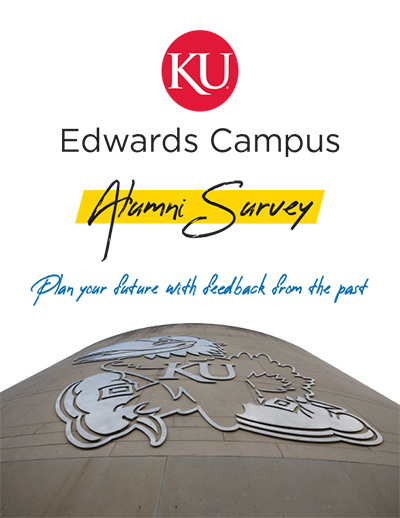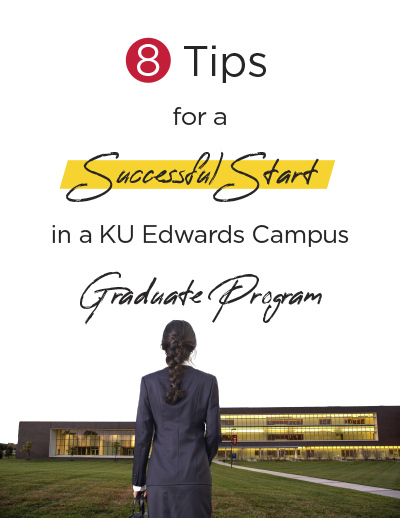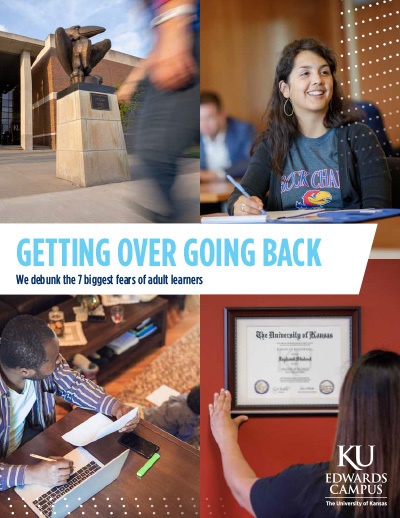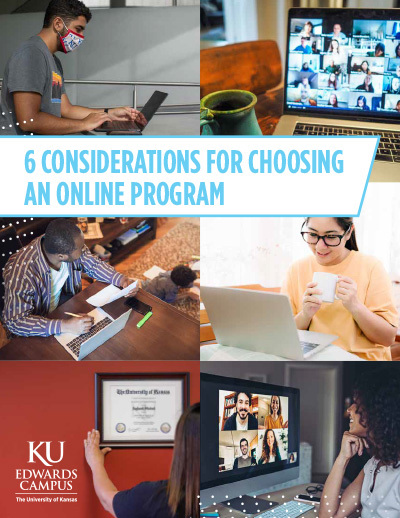Motivation Misunderstanding: 4 tips for increasing employee motivation and engagement

What’s your work culture like? Answer these four quick questions:
- Does it facilitate effective work?
- Does it provide personal satisfaction and fulfillment for those who work in it?
- Does it show signs of dysfunction or dissonance, characterized by an absence of trust, constructive conflict or artificial harmony?
- Has individual accountability become diminished by bureaucracy?
If you answered yes to these questions, you may be one of the millions of business leaders who are still trying to implement 20th-century employee rewards systems in a world of 21st-century employees.
“There is a mismatch between what science knows and what business does,” author Daniel Pink said in his “The puzzle of motivation” TED talk.
“There is a mismatch between what science knows and what business does,” author Daniel Pink said in his “The puzzle of motivation” TED talk.
Pink cites research dating back to psychologists Edward Deci and Richard Ryan’s work on intrinsic and extrinsic motivation that evolved into a concept widely known as self-determination theory (SDT). At the root of this theory of human motivation is that everyone has three basic psychological needs — for competence, autonomy and relatedness — the satisfaction of which promotes autonomous motivation, high performance and well-being.
One of the primary reasons this gap exists between what employees need and what they are experiencing is that today’s employee is more about creative problem solving and less about rote memorization or physical skills. While standard extrinsic rewards such as vacation days, bonuses and certificates may work for more mechanical skills-based employees, several scholars and practitioners argue that the use of extrinsic rewards has a negative, crowding-out effect on intrinsic motivation for workers who perform more interesting tasks, requiring critical thinking and creativity. What businesses need is a long-term change program that includes an intrinsic employee rewards motivation plan that capitalizes on what behavioral research proves. Start with these four tips for increasing employee motivation and engagement.
1. Create Employee Autonomy
The concept of autonomy is key. Autonomous people believe they have choices and that they can determine on their own what needs to be accomplished.
To be clear, an autonomous employee isn’t someone who does whatever they want, without supervision or without assistance. Instead, offering employee autonomy means building a winning culture of empowerment for your employees. Encourage them to take ownership of their work by making sure they have the training necessary to succeed, creating concrete goals and a clear path to reach them and then getting out of the way to let them accomplish those goals. Build trust by allowing employees the flexibility to decide how, where and when they will accomplish the goal within boundaries that you set. And don’t get overly critical if or when mistakes are made.
2. Develop Your Coaching Skills
If you think of your employees as a team you manage, and you embrace your role as their coach, you’ll create a culture where your employees, and your organization, thrive. Coaches not only set the best example for work ethic and attitude, they are constantly working to develop their employees by helping them to apply their strengths to help reach goals. They develop clear, consistent performance goals and empower their employees to do their jobs well, maximizing their potential, while encouraging positivity and improving morale. If you’re in upper management, make sure that the managers below you are implementing these high-performance coaching skills for their employees. You can learn to be a better coach and have a one-on-one session of your own with an experienced business coach when you earn your leadership certificate from the University of Kansas Edwards Campus. By developing your coaching skills, you will spread a strengths-based culture of positive engagement throughout your organization.
Gallup recently completed global research on companies that have implemented strengths-based management practices. It found 90 percent of the groups studied had performance increases at or above the following ranges:
- 10% to 19% increase in sales
- 14% to 29% increase in profit
- 3% to 7% higher customer engagement
- 6% to 16% lower turnover (in low-turnover organizations)
- 26% to 72% lower turnover (in high-turnover organizations)
3. Set Tangible, Reachable Goals
With all the talk about goal-setting, it’s no wonder that setting tangible, reachable goals is critical to intrinsic motivation strategies. Pink talks about employees having the desire to master or get better at tasks and that requires clearly defining your company’s desired performance outcomes and then guiding each employee along his or her path to successfully accomplishing those outcomes based on their skills or strengths. One of the easiest ways to ensure you’re setting clear goals is by using the S.M.A.R.T. goals formula for goal-setting, ensuring your performance goals are specific, measurable, attainable, relevant and timely. This ability to increase employee motivation through goal-setting is a solid, research-based strategy that works.
4. Help Employees Find Meaning In their Work
Start with making sure your employees know and understand your company’s mission and values as well as who benefits from your company’s products or services and how they impact the community. Then, connect what your employees do personally to move the company toward success in providing those products/services. Understanding how their work impacts the bigger picture will help drive meaning to their tasks. In addition, provide appropriate recognition to your employees, letting them know that what they do matters for the company as well as the greater good of the community. Lastly, provide a robust continuing education and leadership training program for your employees. Eighty-seven percent of millennials and 69 percent of non-millennials rate “professional or career growth and development opportunities” as important to them in a job, according to Gallup. Many colleges and universities have robust professional and continuing education programs available that include leadership development, management, information technology and more for local businesses of all sizes. At the University of Kansas Edwards Campus, you can earn a leadership certificate while gaining insight into emotional intelligence, workplace culture, change management and many other relevant management topics. KUEC also offers high-quality, effective personalized leadership training programs for companies.
Pink continues to call for businesses to get up to speed with the research of psychologists and sociologists, showing today’s employees are looking for more when it comes to motivation and engagement at work.
“Too many organizations are making their decisions based on outdated, unexamined folklore,” he said in his TED talk. “The solution is not to do more of the wrong things.”
Learn more about the Leadership Certificate and personalized leadership training programs for your company. Contact KU Lifelong & Professional Education at professionalprograms@ku.edu to schedule a session.





